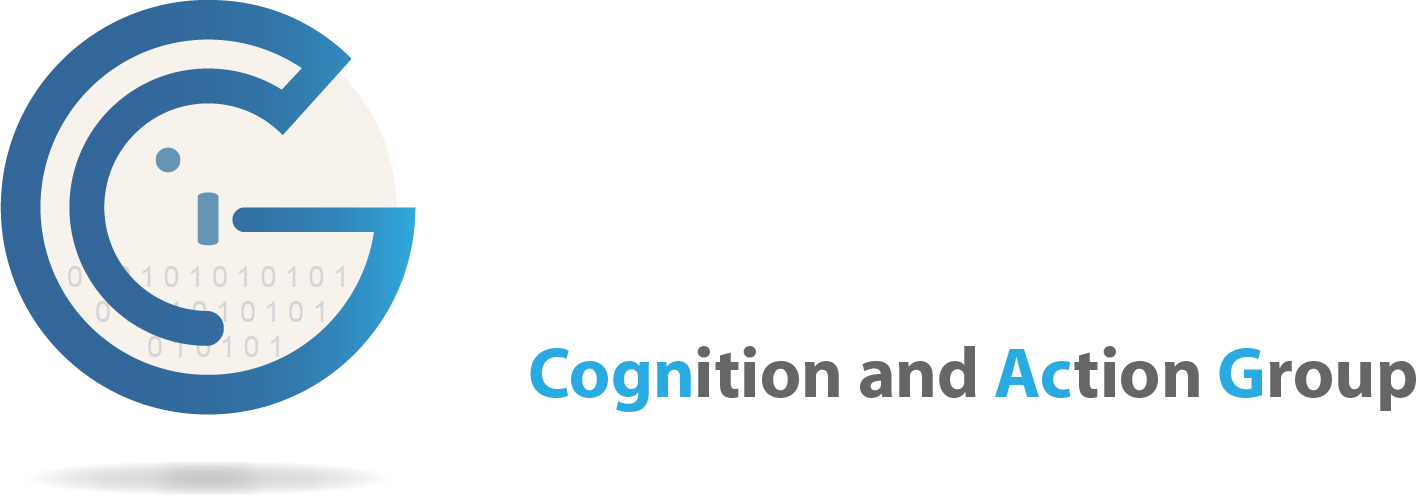BUILDING DATABASES TO STUDY HUMAN BEHAVIOR
Very little is known about how the ‘human element’ stands up to the rigorous demands we have managed to create over the past hundred and fifty years. These new types of environments are very challenging because they are drastically different from the environments of the past seven million years which shaped our central nervous system since the onset of bipedalism. In addition we have also recently increased beyond expectation our longevity. It implies that frail individuals multiply themselves and rightfully demand to have an enjoyable autonomous life. If only for these reasons, it would be interesting to learn how to monitor the high maintenance cohorts (HMC) we have defined in the introduction. It requires several steps: first, we wish to investigate how to monitor sensorimotor processing in behaving humans and the resulting cognitive load it implies. Second, we want to
learn how to construct databases with the quantitative variables recorded in that process, in order to make longitudinal studies of behaving individuals. Third, we would like to merge these individual databases in large data banks to define statistical norms, which is mandatory to detect dysfunctions or pathologies at the earliest stage possible. In that process we will meet at least three main problems:
using pervasive or ubiquitous computing to collect data; facing large inter-individual variability in the
studied HMCs; aggregating highly heterogeneous data to build the databank.
THREE ROADBLOCKS
Building databases on sensorimotor behaviors in the Human requires having at hand hypothesis and models. It is necessary to choose the right sensors to study a given behavior and to guide the choice of the data mining tools. Some conceptual frames already exist like the concept of motor synergies, sensory fusion, etc. However, they are not abundant. Therefore, one of our goals is to contribute to the development of new conceptual tools, which could help describing quantitatively Human behavior. In particular, three newly defined identities in the field of sensorimotor transformations are going to be investigated: Rapid decision processing and context dependent
adaptation, The perceptivo-motor style and Collaborative intelligence.
BUILDING DATABASES TO STUDY ANIMAL BEHAVIOR
The study of the post-lesional plasticity of the central and peripheral nervous system in animal models is the natural prolongement of the long-term follow up of the High Maintenance human Cohorts (HMC) we intend to study. Indeed, these HMC encompass neurological and psychiatric patients at the acute stage and in the course of their rehabilitation, which are experiencing the high and the low of a plastic brain. The implementation of the animal studies is going to follow a similar logic than in HMC: learning to monitor and quantify the behavior of the animal models under scrutiny, investigating how to use these measurements to build databases of behavioral, cellular and electrophysiological data and using these databanks to investigate the mechanisms of plasticity.
BRAIN IRRADIATION: NEUROPROTECTIVE AGENTS INVOLVED IN PERICYTE-ENDOTHELIAL CELLS NORMALIZATION
Vascular injury is a major cause of late radiation morbidity. All these points benefit from the COGnition and ACtion Group approach. Electrophysiological studies of irradiated retinal or brain pericytes, transcriptomic screening of the irradiated brain or anatomically dissected part of the brain are feasible in few animals.



